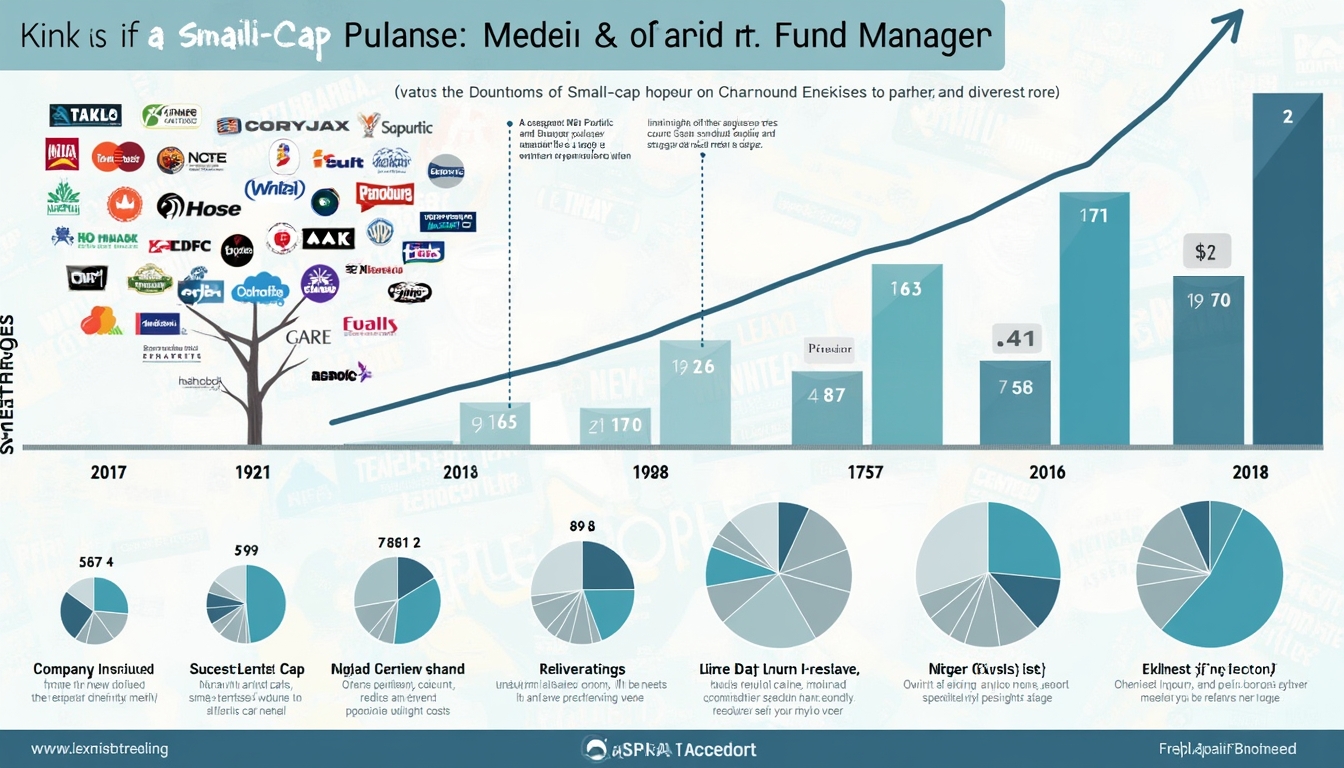Mining Stocks: A Comprehensive Guide for Investors
The mining sector is a cornerstone of the global economy, providing essential materials for everything from smartphones to skyscrapers. For investors looking to diversify their portfolios or tap into the potential of natural resources, understanding equities in the mining sector can be a valuable strategy. This guide examines mining stocks and the opportunities they present.
The Evolution of Mining: From Pick and Shovel to High-Tech Operations
Mining has progressed significantly since the gold rush era. Today, it's a sophisticated industry that uses advanced technology and attracts billions in investment. In 2021, the top 40 mining companies generated $925 billion in global revenues. This figure highlights the sector's economic importance and its potential for investors.
As of 2024, gold mining stock valuations are at a 25-year low. There's a $700+ per ounce difference between the gold price and the discount implied by equity market prices. This could be an attractive entry point for investors.
Majors vs. Juniors: Understanding the Mining Landscape
When investing in shares in the mining sector, it's important to understand the difference between major and junior mining companies. These two categories offer different risk profiles and potential rewards.
Major Mining Companies: The Industry Giants
Major mining companies are the largest entities in the industry. They're well-funded with extensive operational histories and global reach. As of April 2024, BHP is the world's largest mining company by market capitalization, valued at $147 billion.
These companies are typically less volatile and more established. They often have large claim portfolios and substantial capital reserves, allowing them to fund further exploration and development. Many majors are considered blue-chip stocks, known for large market capitalizations, household name recognition, and established financial track records.
Major mining stocks often pay dividends, making them attractive to certain investors. If you're interested in mining stocks with dividends, majors are a good starting point.
Junior Mining Companies: High Risk, High Reward
Junior mining stocks are different from majors. They generally have limited capital, shorter operational histories, and high growth potential. Juniors form an important exploration pipeline that feeds into major mining operations.
These ventures are typically riskier, often focusing on commodity exploration in sectors such as oil, minerals, and natural gas. The success of a junior mining stock depends heavily on the outcomes of its feasibility studies. While they carry higher risk, they also offer the potential for significant appreciation under favorable market conditions.
For more information on the differences between majors vs juniors in mining, check out our detailed guide.
The Numbers Game: Quantifying Mining Stock Performance
The entire gold mining sector's market capitalization is approximately $300 billion. This is smaller than individual companies like The Home Depot, Costco, or Mastercard, highlighting the relatively modest size of the mining sector within the broader market.
BMO calculates an average return on capital of 14.4% for mid-capitalization producers and 25.8% for small-cap producers in a semi-liquidation scenario. These figures show the potential for substantial returns in the mining sector, particularly among smaller companies.
Looking to the Future: Challenges and Opportunities
The mining industry faces both challenges and opportunities. Mining stocks are seen as essential components of the current and future economy. Most mining companies extract materials crucial for daily life and develop resources for future advancements in areas such as transport and electric vehicles.
However, major mining companies face increasing pressure to adopt more sustainable practices. While they have the opportunity to lead in environmental responsibility, large-scale mining operations may find it challenging to quickly transition to cleaner methods.
Mining companies are forming alliances beyond traditional boundaries. They're acquiring vital technical skills and collaborating with governments to create favorable environments for their operations.
Ethical Considerations in Mining Investments
The mining industry faces significant challenges regarding environmental impact and social responsibility. While mining operations are typically not environmentally friendly, the materials they produce are crucial for most aspects of modern life.
Companies are developing ways to operate in a more ESG-friendly manner. These investments may protect them from future fines. For example, Glencore was recently ordered to pay £281 million in bribery penalties related to its African operations, showing the serious financial consequences of unethical practices.
Making Informed Investment Decisions
If you're considering adding mining stocks to your portfolio, it's crucial to research thoroughly. The performance of mining stocks is influenced by many factors, including geopolitical events, global commodity markets, and technological advancements.
For those new to investing, our guide on investing for beginners in Australia provides a solid foundation for understanding investment strategy basics.
Our list of the best mining stocks to buy can be a helpful resource. However, remember that what's best for one investor may not be suitable for another. Always consider your own financial goals, risk tolerance, and investment horizon.
Conclusion: Navigating the Mining Stock Landscape
Mining stocks offer various opportunities for investors. Those seeking lower-risk stocks with potential for dividends and moderate appreciation may find major mining stocks suitable. Investors willing to accept higher risk for the potential of substantial returns might consider junior mining stocks.
Before investing in any mining stock, it's essential to understand the sector-specific factors that could impact your investment. Consider the company's operational history, financial health, and commitment to sustainable practices. As with any investment, thorough research is critical to making informed decisions in the dynamic world of mining stocks.
For more information on the basics of mining stocks, this beginner's guide to mining stocks from Investopedia may be helpful. Successful investing involves continuous learning and staying informed about market trends and company performances.
Want to find the next big mining discovery?
Stay ahead of the curve with Discovery Alert's AI-powered service. Get real-time notifications on significant ASX mineral discoveries, simplifying complex drill results for both new and experienced investors. Don't miss out on potential market-moving opportunities – start your 30-day free trial at Discovery Alert today and transform your mining investment strategy.




